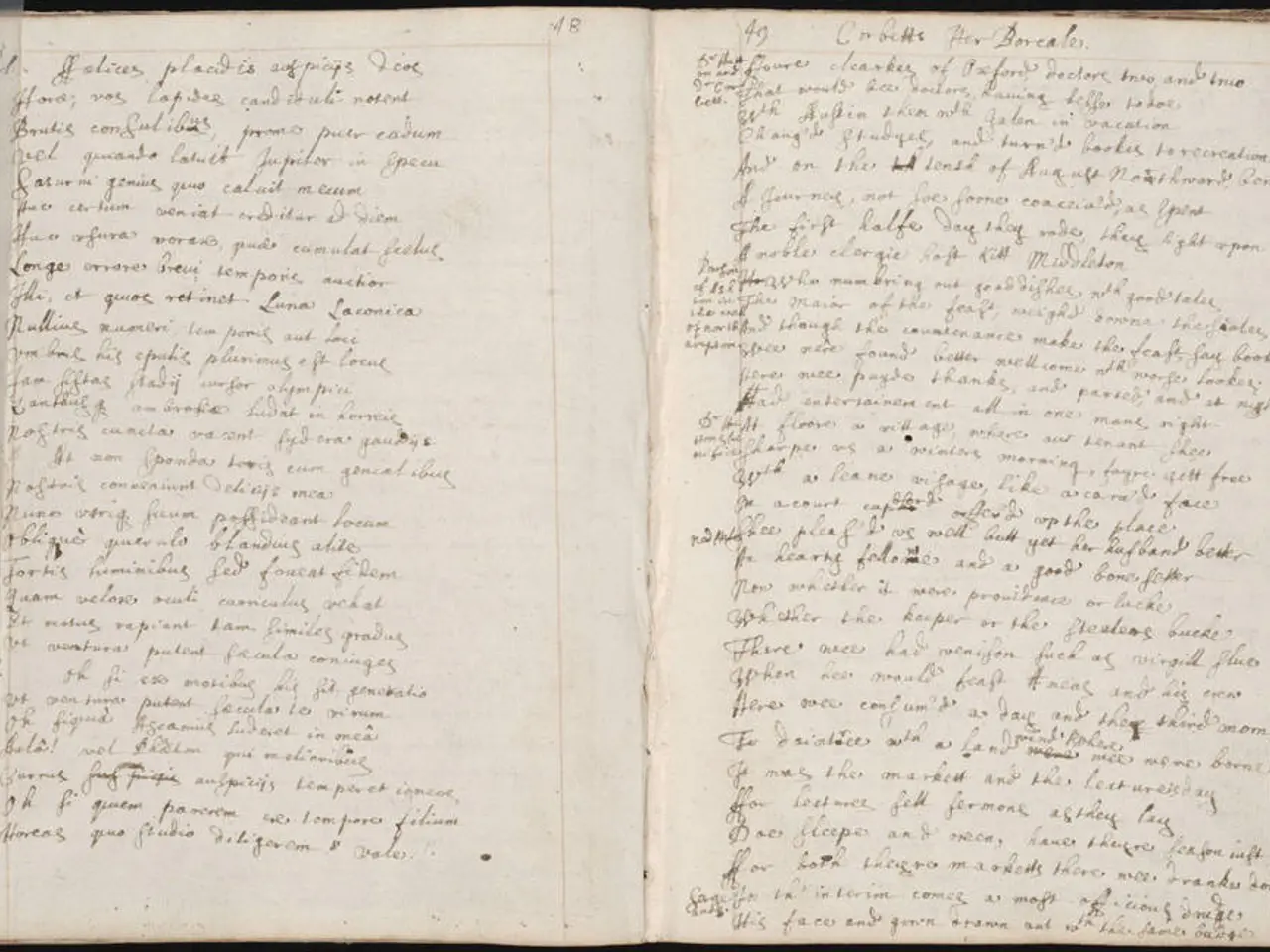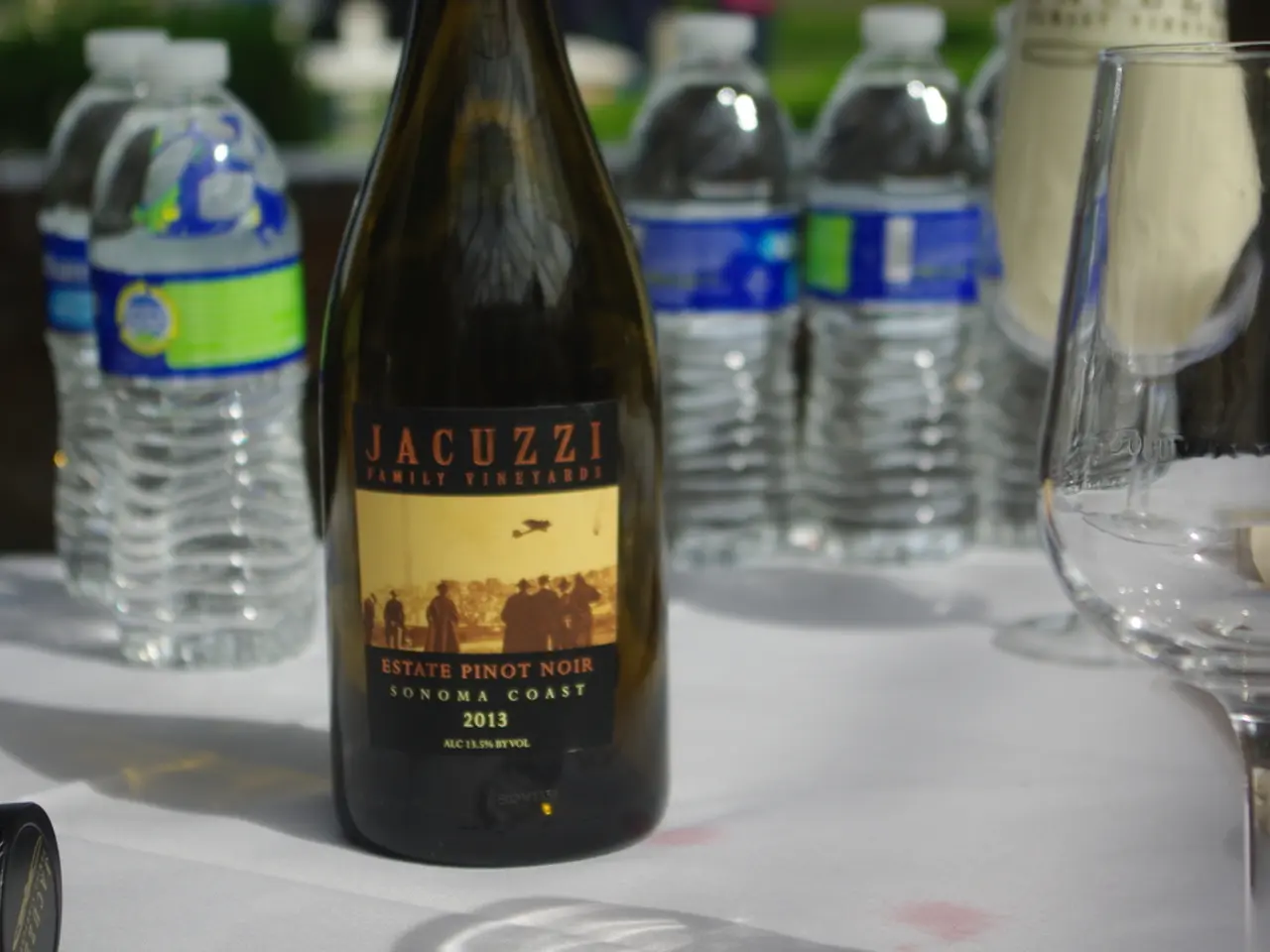Writers Tolkien and Lewis, Divergent Approaches: Pantser vs. Plotter
A new book, Bandersnatch: C.S. Lewis, J.R.R. Tolkien, and the Creative Collaboration of the Inklings by Diana Pavlac Glyer, sheds light on the unique writing processes of two of the most influential authors of the 20th century – C.S. Lewis and J.R.R. Tolkien.
According to the book, Tolkien, the author of The Lord of the Rings, primarily worked as a 'pantser', modifying his work as he went along. This approach is characterised by a lack of detailed planning and the freedom to make changes as the story evolves. In contrast, Lewis tended to mull things over before committing anything to paper, working with clearer outlines and structures – a more 'plotter'-like approach.
Tolkien's creative process involved gradual world-building and storytelling that changed as it developed. His Middle-earth legendarium evolved over decades with stories such as Beren and Lúthien shifting in form and detail as seen in his posthumously published works compiled by his son Christopher Tolkien. He was deeply invested in the language and mythic origins of his world, suggesting a writing style more exploratory and intuitive, building from philological roots to narrative expression.
Lewis, on the other hand, had a more intentional use of fantasy to convey moral and theological ideas with deliberate structure. While both authors saw fantasy as a mode of "re-creation" rather than mere escapism, Lewis was more focused on crafting stories that communicated specific allegorical and imaginative truths, implying a more planned approach to narrative construction.
The differences between these two authors' writing styles are intriguing. Tolkien's extensive reworking and organic development of mythic history align well with the pantser method, while Lewis's engagement with allegory and purposeful themes corresponds with a plotter's practice of outlining and intentional storytelling goals.
In summary, Tolkien's approach was more spontaneous and mythic, while Lewis employed a more directed and thematic method. These differences illustrate their complementary creative processes, with Tolkien embracing a more organic, intuitive style and Lewis focusing on clear structure and purposeful themes.
Understanding these distinct approaches to writing can offer valuable insights for writers today. For pantser writers, the fact that a renowned author like Tolkien was a pantser might encourage them to embrace their style and trust the organic development of their stories.
Andrea Lundgren, a blogger who enjoys books and writing-related topics, discusses these concepts further in her blog post, exploring the pantser vs. plotter debate from a writer's perspective. However, it's important to note that this blog post does not offer any new information about the differences in writing styles between C.S. Lewis and J.R.R. Tolkien beyond what was previously mentioned in the book Bandersnatch.
References:
[1] Christopher Tolkien, The History of Middle-earth series [2] Diana Pavlac Glyer, Bandersnatch: C.S. Lewis, J.R.R. Tolkien, and the Creative Collaboration of the Inklings
Home-and-garden magazines may find fascinating Tolkien's gradual world-building and storytelling process, akin to domestic renovations where changes are made as the project develops. On the other hand, Lewis, in crafting stories with deliberate structure, might appeal to lifestyle designers who carefully plan and execute their vision, much like a professional architect.




